Health & Science
Slowing the aging process; Dinosaurs on the march; Why diets usually fail; Learning a trick from pythons
Slowing the aging process
Could there be a cure for getting old? Scientists have discovered that if they remove a special kind of cell that promotes aging, mice are freed of many age-related conditions. As cells age and lose the ability to divide, they become what scientists call senescent cells. These cells, which build up in aging tissue, pump out inflammatory toxins. They “act like demon seed and kill everything around them,” James Kirkland, a physiologist at the Mayo Clinic, tells Science News. When researchers used drugs to eliminate senescent cells in genetically engineered mice, the mice stayed far more youthful: They didn’t develop cataracts, their skin didn’t wrinkle, and they maintained high levels of energy. This breakthrough “suggests therapies that might work in real patients,” says Norman E. Sharpless, an aging expert at the University of North Carolina. Previously, scientists weren’t sure if killing off senescent cells would have negative side effects, but the mice in the study were healthier without them. If the same holds true in people, purging these cells could ward off a host of age-related diseases, from cancer to dementia, and keep us healthier longer.
Dinosaurs on the march
The Week
Escape your echo chamber. Get the facts behind the news, plus analysis from multiple perspectives.

Sign up for The Week's Free Newsletters
From our morning news briefing to a weekly Good News Newsletter, get the best of The Week delivered directly to your inbox.
From our morning news briefing to a weekly Good News Newsletter, get the best of The Week delivered directly to your inbox.
Herds of giant, plant-eating dinosaurs migrated hundreds of miles every year in search of food, a new study shows. Researchers analyzed fossil teeth from the long-necked plant-eater Camarasaurus, which roamed what is now Utah and Wyoming some 150 million years ago. They found that the isotopes in the dinosaurs’ teeth—absorbed from the water they drank—changed as the teeth grew, indicating that the sauropods made regular seasonal migrations from the eastern lowlands to the more verdant western highlands. The finding is the first hard evidence showing that sauropods, like birds, were migratory, though scientists have long suspected it. The creatures needed to consume nearly 1,000 pounds of vegetation daily to survive, so “they would probably have eaten themselves out of house and home if they stayed in one place,” Colorado College geochemist Henry Fricke tells Nature.com. Fricke and his colleagues now plan to test the teeth of carnivorous dinosaurs to see if they followed the sojourning plant-eaters to higher elevations.
Why diets usually fail
Hormones, not lack of willpower, may explain why four out of five people who lose weight gain it all back within a few years. A new study has found that even a year after dieters lose weight, their bodies are still sending them strong and often irresistible hormonal signals to eat more. Australian researchers put a group of 50 overweight adults on a strict, 10-week diet that caused them to lose an average of 14 percent of their body weight. When they tested the subjects a year later, they found that levels of hormones like leptin, which keeps appetite in check, and ghrelin, a hunger stimulant, had changed dramatically, slowing their metabolism and intensifying feelings of hunger. Their bodies had been programmed to keep weight at a higher “set point,” and were fighting to gain back the lost pounds. As a result, the volunteers gained back an average of half the weight they had lost, despite sticking to careful meal plans designed to keep it off. “What is impressive is that these [hormonal] changes don’t go away,” Rudolph Leibel, an obesity researcher at Columbia University, tells The New York Times. By dieting, he says, “you are putting your body into a circumstance it will resist.”
Learning a trick from pythons
A free daily email with the biggest news stories of the day – and the best features from TheWeek.com
Snake blood may hold a key to combating heart disease in humans. Scientists studying Burmese pythons have discovered that when the snakes digest a large meal, a cocktail of three fatty acids in their blood causes their hearts and other organs to greatly increase in size. The process, called hypertrophy, helps the enormous snakes amp up their metabolism to process prey that’s often as big as they are. Yet within a few days of gorging, their organs shrink back to normal size without damage or scarring. In humans, an enlarged heart is sometimes a sign of heart damage, but “well-conditioned athletes” grow huge and healthy hearts that allow them to exercise harder, study author Leslie Leinwand tells Agence France-Presse. Injecting the same fatty-acid mixture into normal mice expanded their hearts in a beneficial way, proving it’s possible to “translate the python biology into mammals.” Understanding how fatty acids expand python hearts, Leinwand says, could help safely enlarge the hearts of people with heart disease, enabling them to pump more blood.
-
 Trump’s poll collapse: can he stop the slide?
Trump’s poll collapse: can he stop the slide?Talking Point President who promised to ease cost-of-living has found that US economic woes can’t be solved ‘via executive fiat’
-
 Codeword: December 7, 2025
Codeword: December 7, 2025The daily codeword puzzle from The Week
-
 Crossword: December 7, 2025
Crossword: December 7, 2025The daily crossword from The Week
-
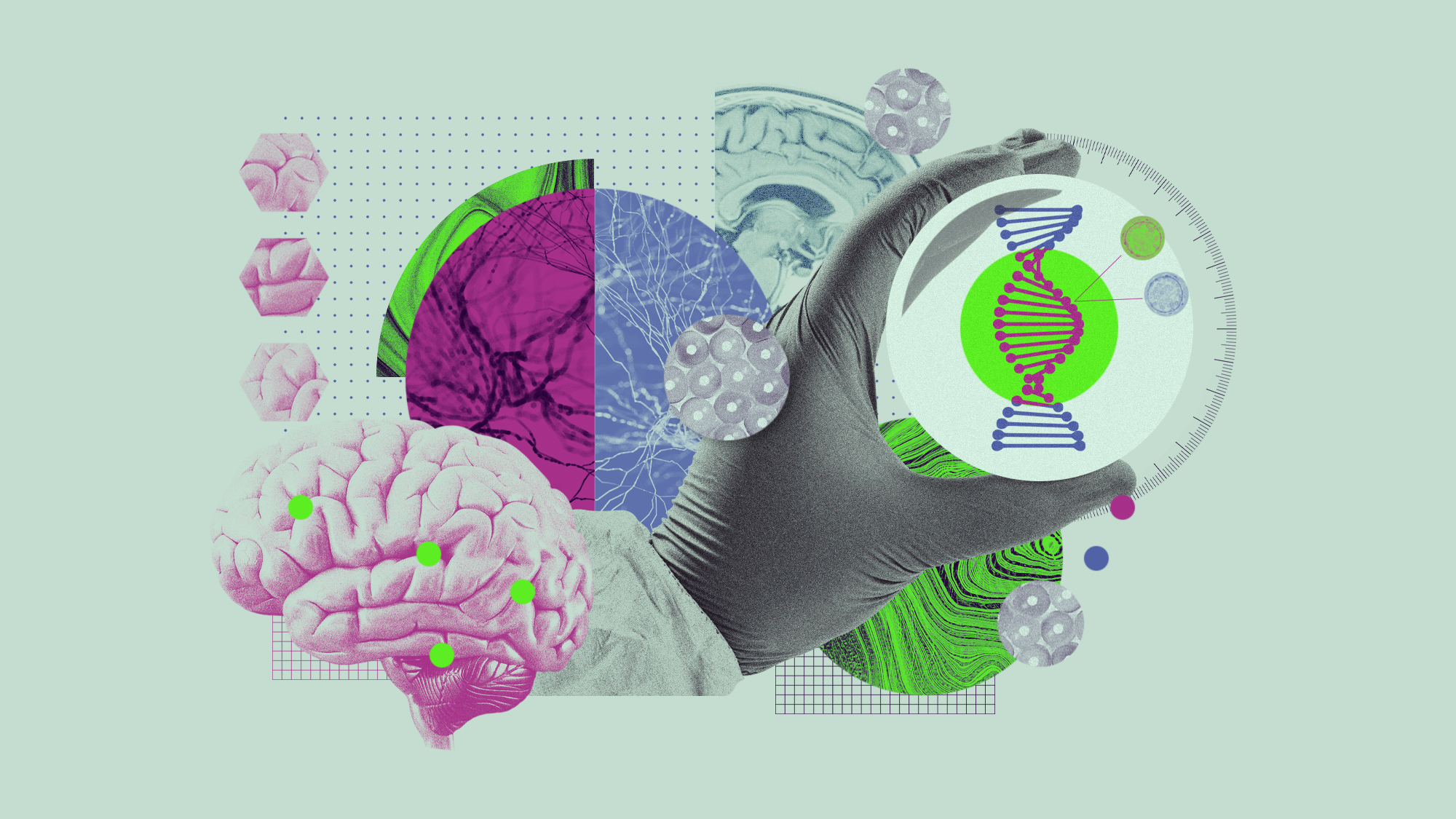 5 recent breakthroughs in biology
5 recent breakthroughs in biologyIn depth From ancient bacteria, to modern cures, to future research
-
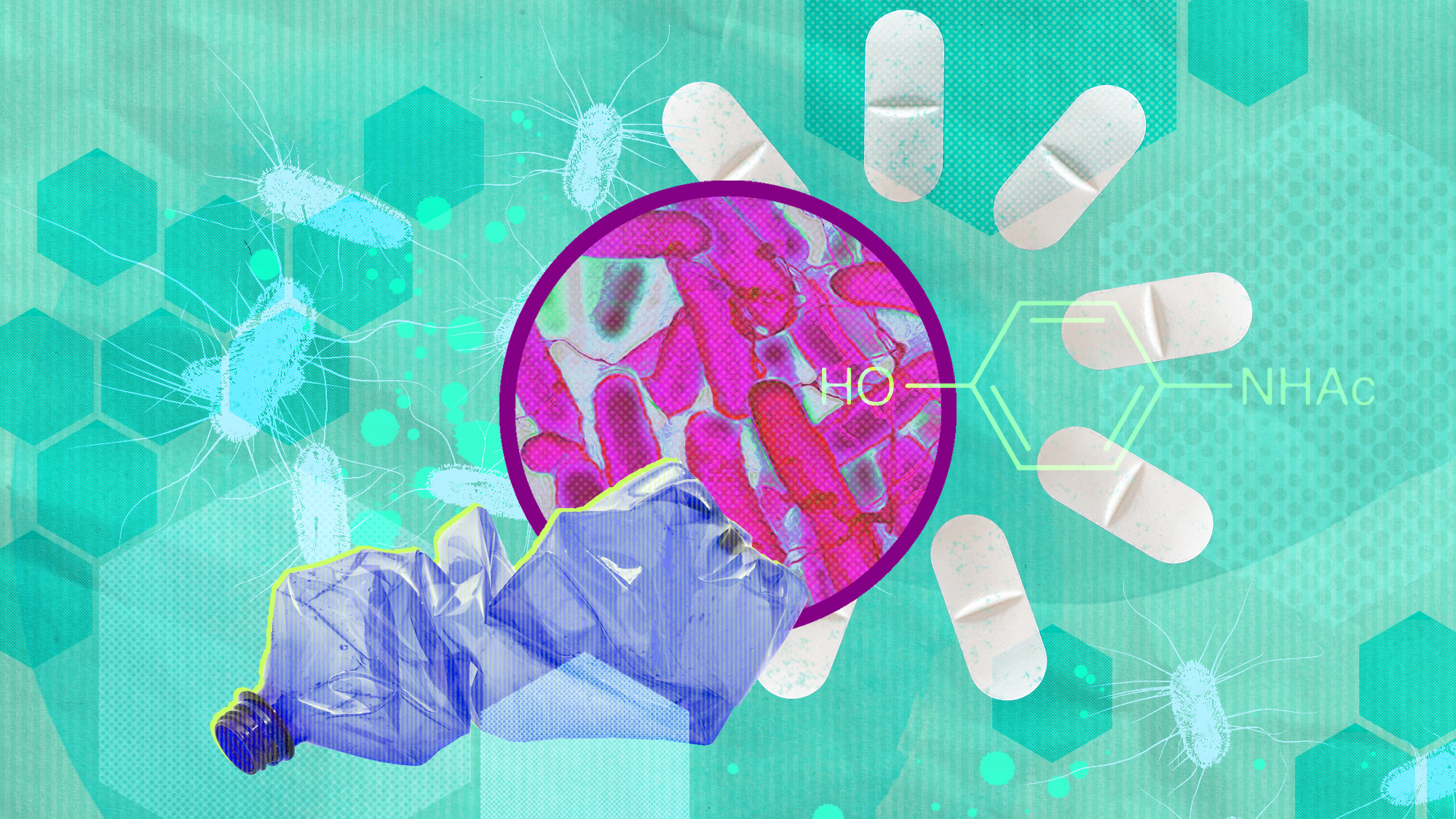 Bacteria can turn plastic waste into a painkiller
Bacteria can turn plastic waste into a painkillerUnder the radar The process could be a solution to plastic pollution
-
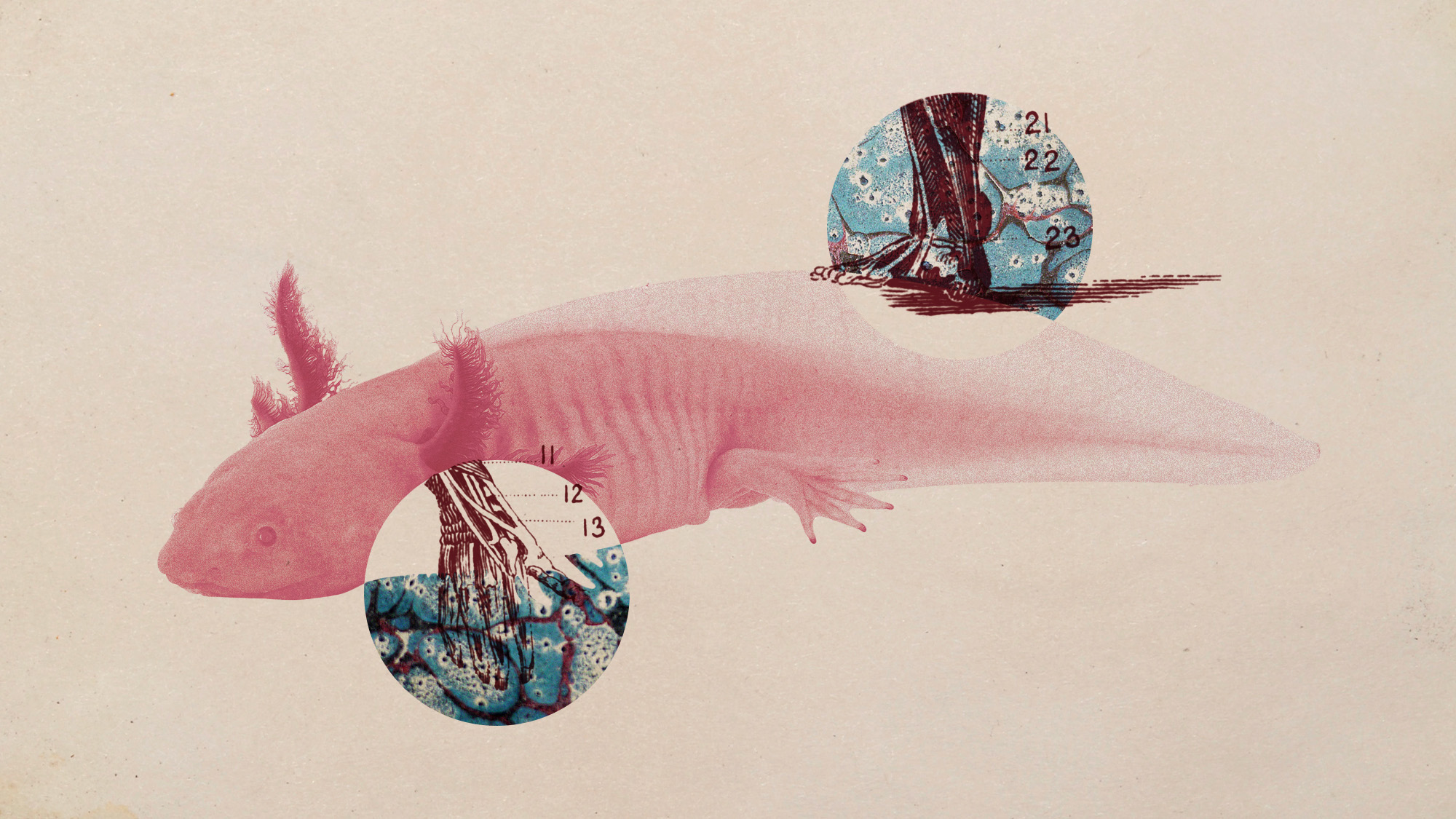 Scientists want to regrow human limbs. Salamanders could lead the way.
Scientists want to regrow human limbs. Salamanders could lead the way.Under the radar Humans may already have the genetic mechanism necessary
-
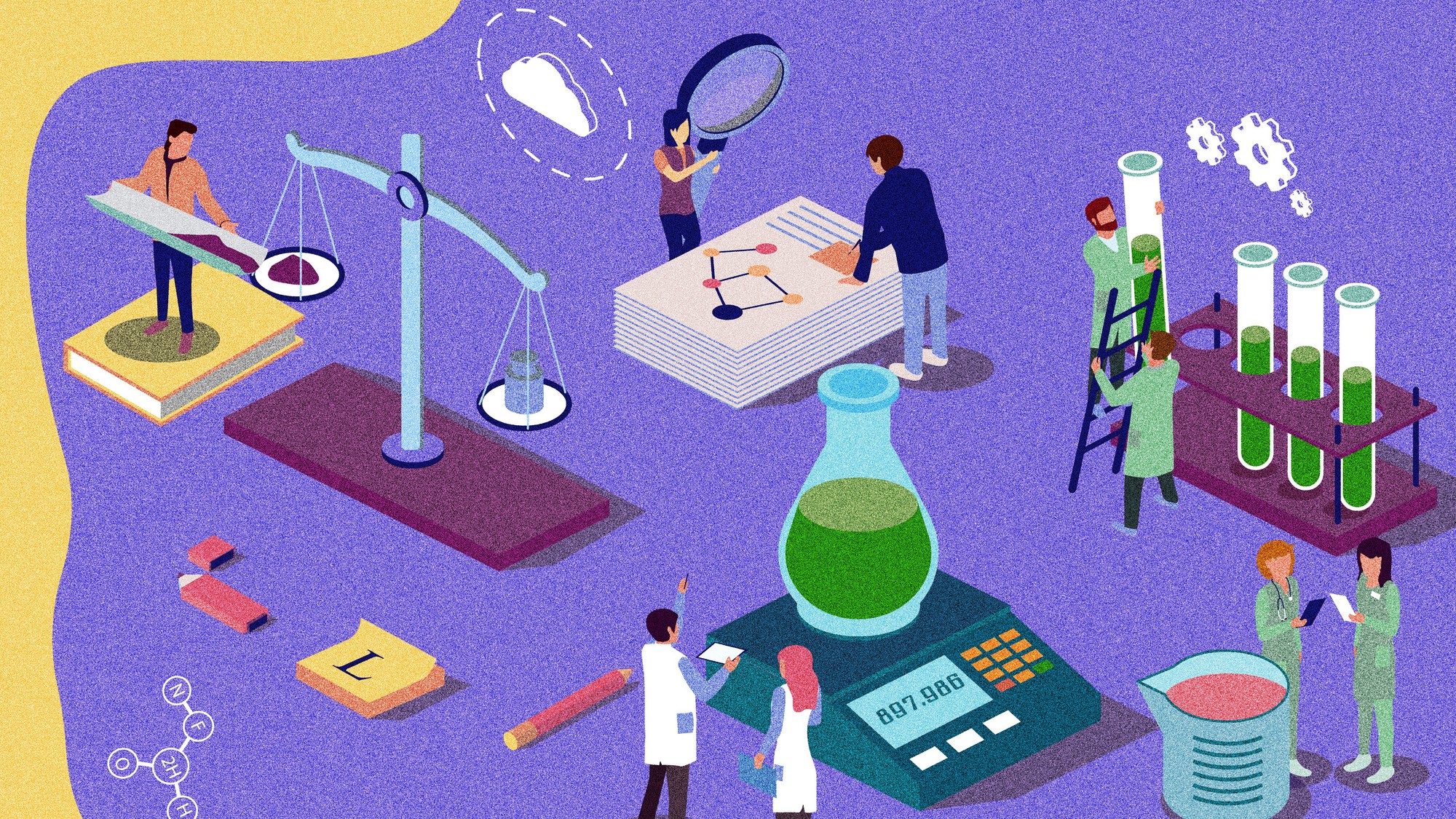 Is the world losing scientific innovation?
Is the world losing scientific innovation?Today's big question New research seems to be less exciting
-
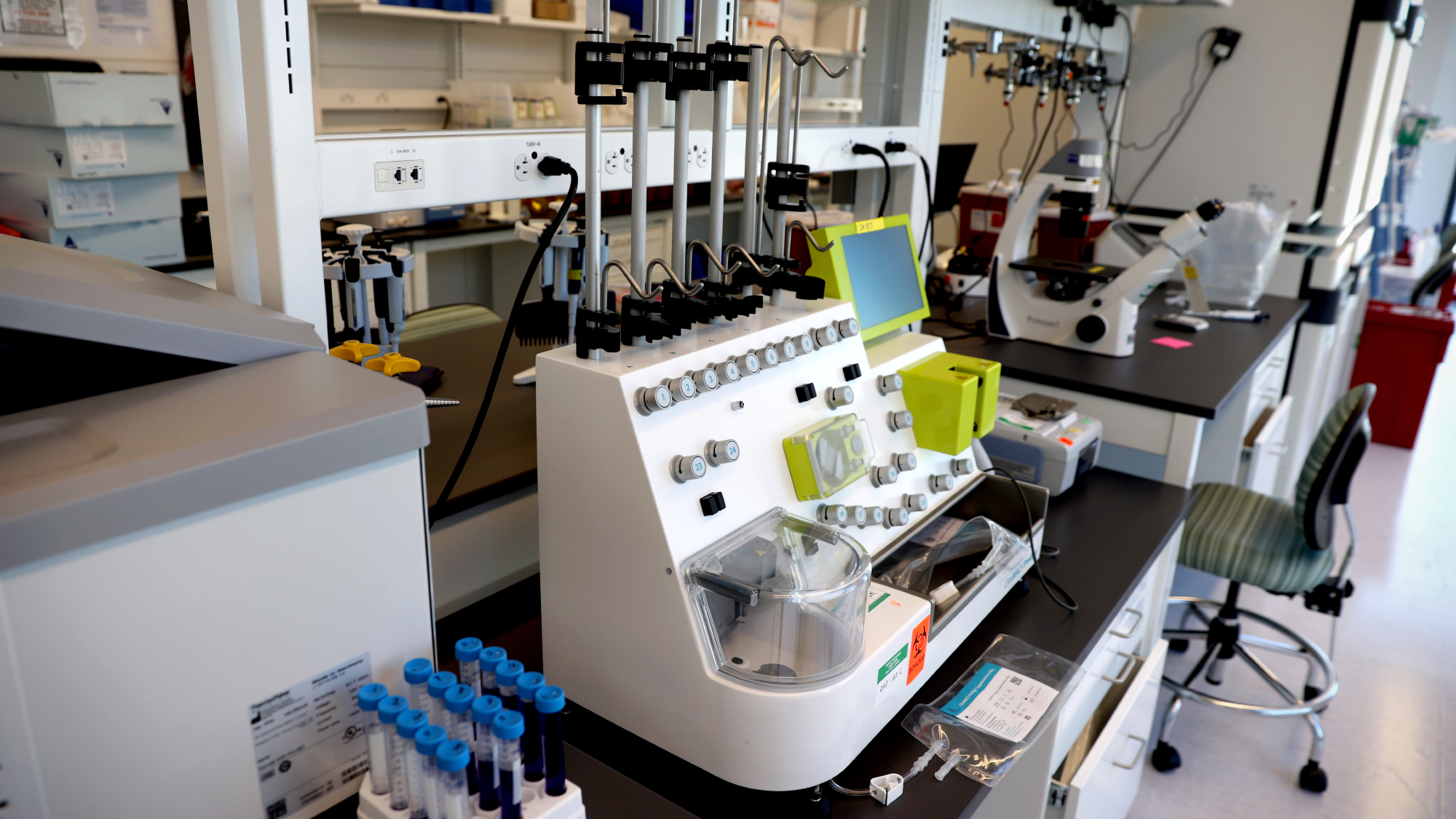 Breakthrough gene-editing treatment saves baby
Breakthrough gene-editing treatment saves babyspeed read KJ Muldoon was healed from a rare genetic condition
-
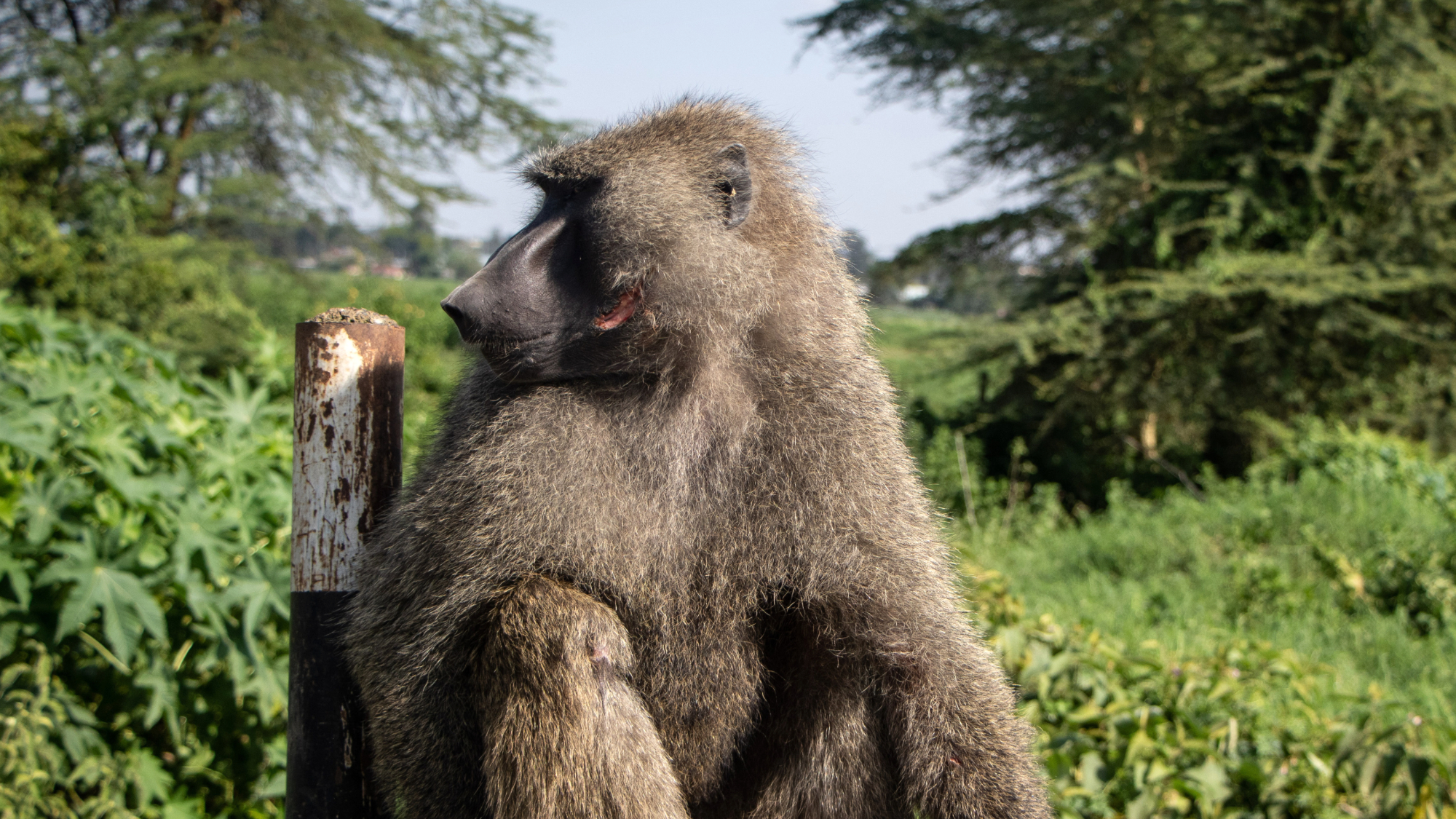 Humans heal much slower than other mammals
Humans heal much slower than other mammalsSpeed Read Slower healing may have been an evolutionary trade-off when we shed fur for sweat glands
-
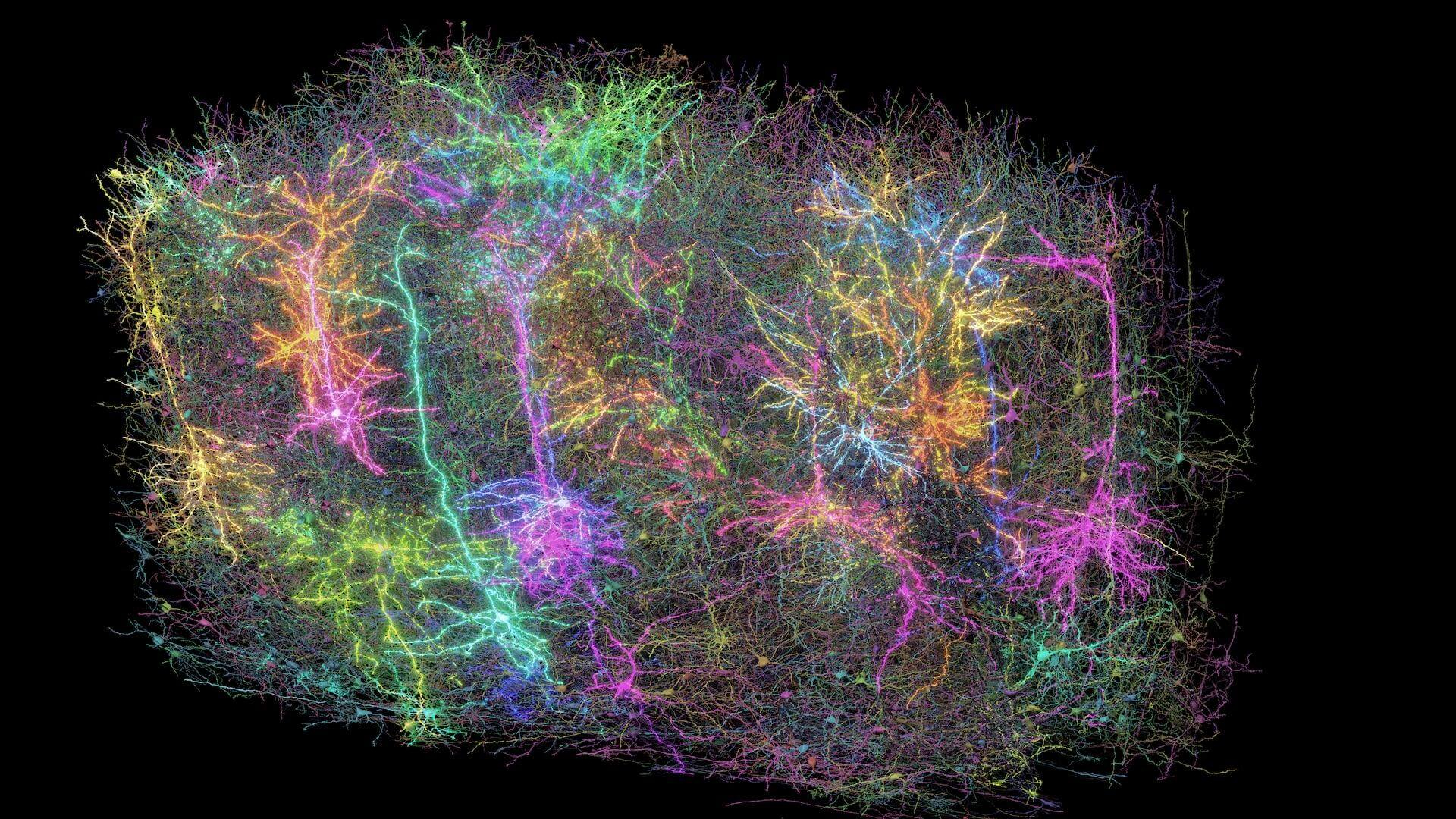 Scientists map miles of wiring in mouse brain
Scientists map miles of wiring in mouse brainSpeed Read Researchers have created the 'largest and most detailed wiring diagram of a mammalian brain to date,' said Nature
-
 Scientists genetically revive extinct 'dire wolves'
Scientists genetically revive extinct 'dire wolves'Speed Read A 'de-extinction' company has revived the species made popular by HBO's 'Game of Thrones'